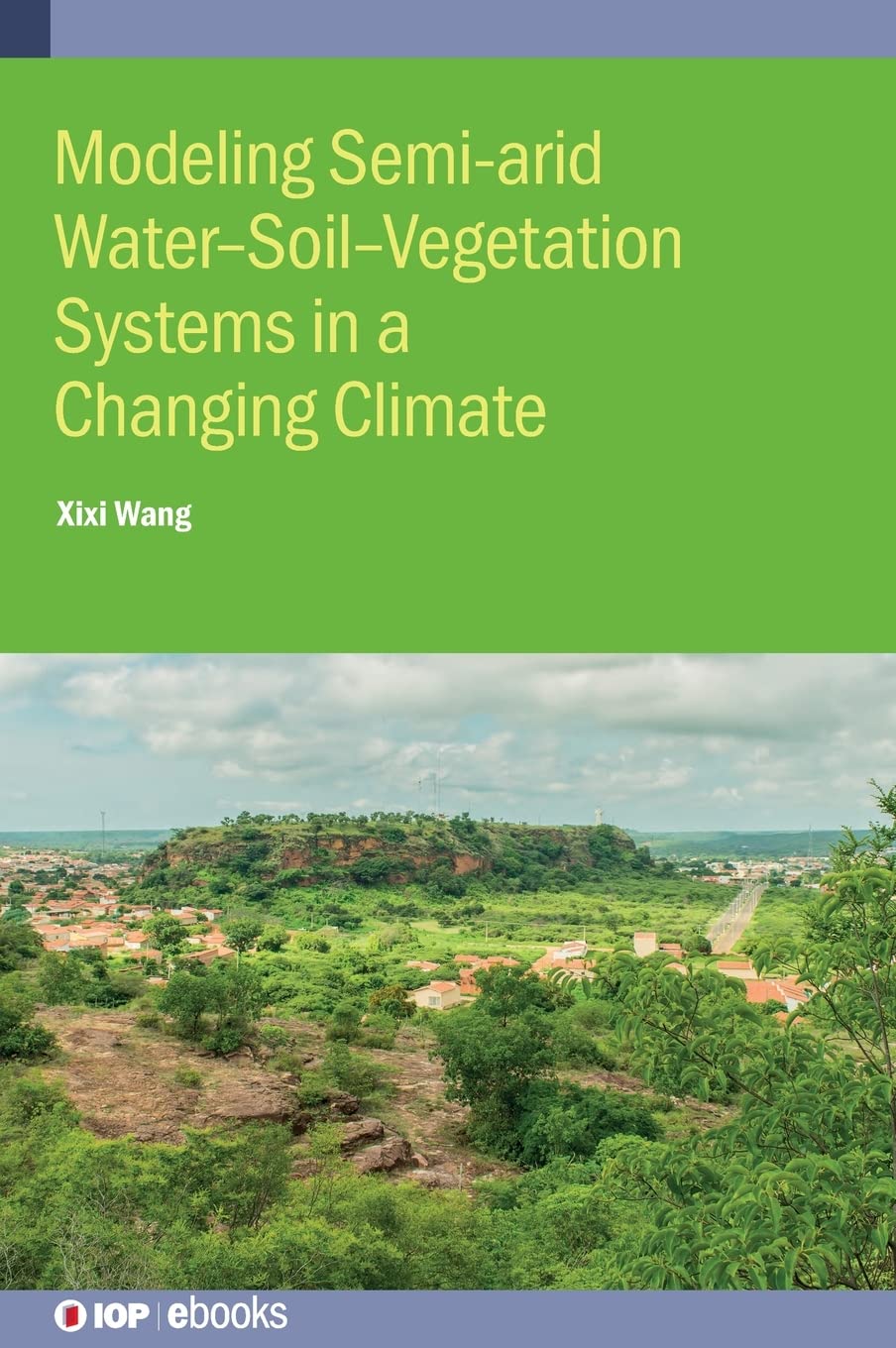

Most ebook files are in PDF format, so you can easily read them using various software such as Foxit Reader or directly on the Google Chrome browser.
Some ebook files are released by publishers in other formats such as .awz, .mobi, .epub, .fb2, etc. You may need to install specific software to read these formats on mobile/PC, such as Calibre.
Please read the tutorial at this link: https://ebookbell.com/faq
We offer FREE conversion to the popular formats you request; however, this may take some time. Therefore, right after payment, please email us, and we will try to provide the service as quickly as possible.
For some exceptional file formats or broken links (if any), please refrain from opening any disputes. Instead, email us first, and we will try to assist within a maximum of 6 hours.
EbookBell Team

4.3
8 reviewsWater-soil-vegetation dynamic nexuses affect, and are affected by, both human activity and climate change. For a given area, inappropriate land management practices can result in soil and vegetation degradation, which in turn will likely alter natural hydrologic processes, leading to more frequent and severe flooding and drought. In response, an altered hydrologic condition tends to prompt soil erosion by wind and water, which can cause further vegetation degradation or even loss. Such nexuses will likely become more interwoven in changing climate because the non-stationary climate can further deteriorate the already-altered hydrologic condition. So far, our understanding is incomplete regarding how such nexuses maintain or break equilibriums between water, soil, and/or vegetation in terms of eco-environmental resilience. This book: 1) conceptualises the interrelated physical processes of water-soil-vegetation systems; 2) introduces mathematical models for simulating the processes; and 3) develops a variety of modelling cases of selected systems across the world.
Currently, there are no books focusing on this topic though some incomplete information has been scattered in various peer-reviewed journals and project reports. This book provides a systematic elucidation of this important topic and serves as a one-stop information source. Upon reading this book, the reader can apply the materials to conduct advanced research on this topic and develop practical measures in protecting fragile vegetation ecosystems and confronting climate change. The broader application is to prevent land degradation and desertification as induced by climate change and human activities (e.g., development and grazing).
Recommended for researchers and graduate students.
Key Features: